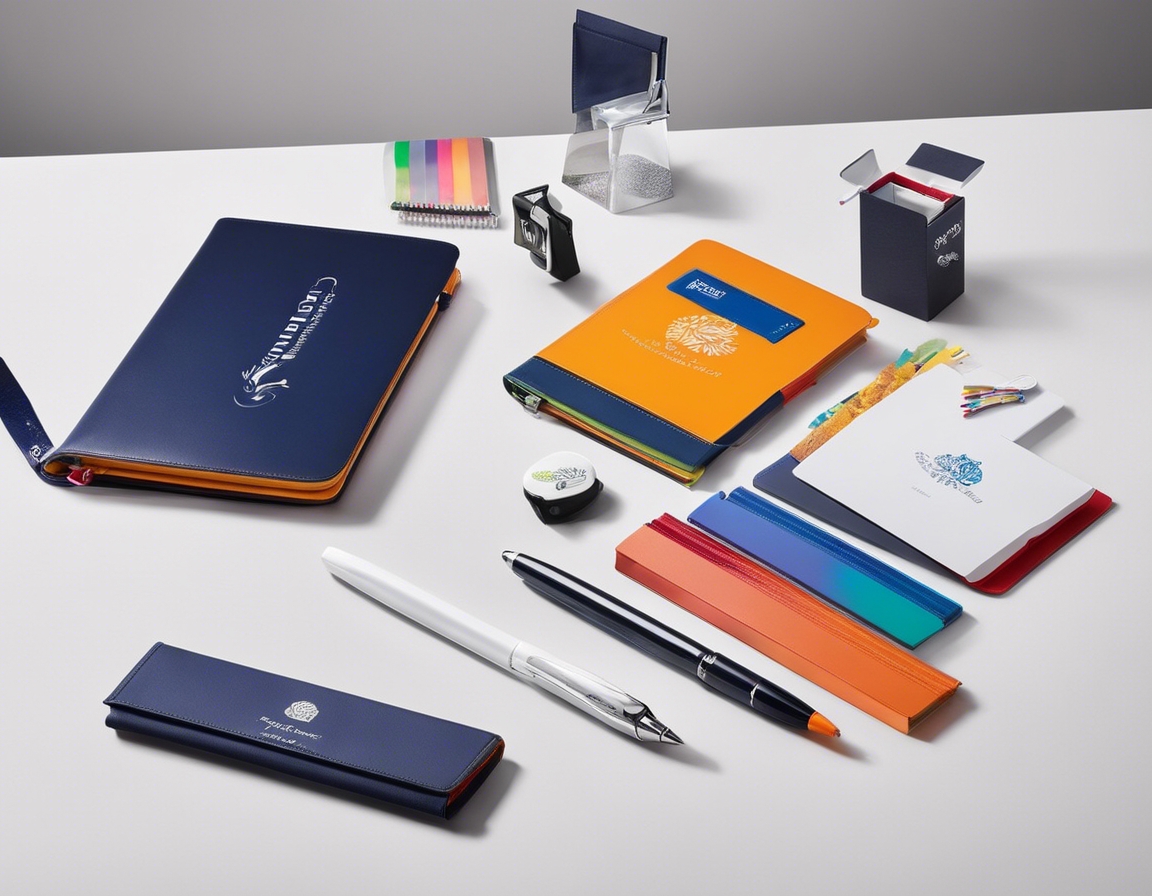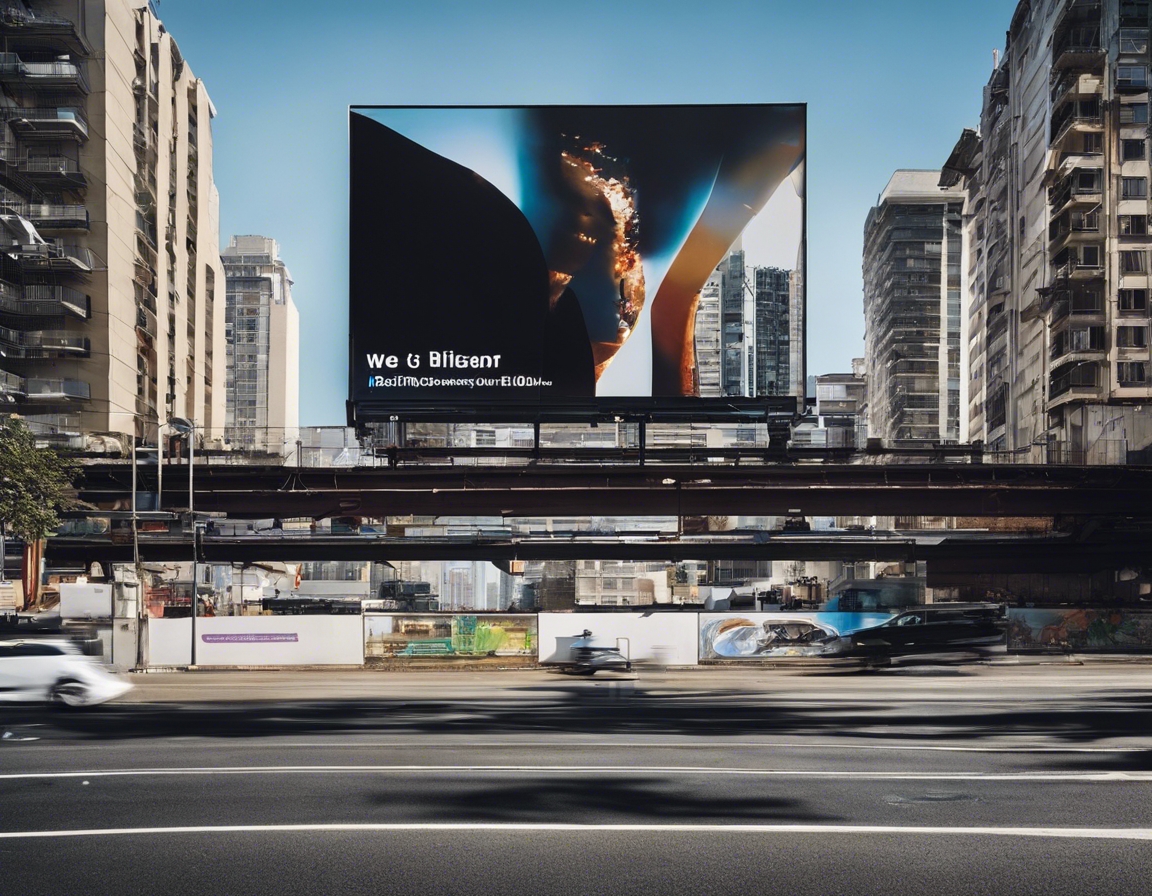5 innovative packaging trends for 2023
In a world where the first impression can make or break a product, innovative packaging is not just a trend; it's a necessity. As we step into 2023, packaging design is evolving to meet the demands of consumers and businesses alike, focusing on sustainability, technology integration, and user experience. Here are five packaging trends that are set to redefine the industry this year.
1. Sustainable Materials
With the growing environmental concerns, sustainable materials are at the forefront of packaging innovation. Companies are exploring eco-friendly substitutes like bamboo, mushroom fibers, and agricultural waste to create packaging that's not only sustainable but also appealing to the eco-conscious consumer.
Biodegradable and compostable materials are becoming increasingly popular as they offer a solution to the plastic waste problem. These materials break down naturally, leaving minimal environmental impact.
Reusable packaging is gaining traction as it encourages consumers to reduce waste. From glass jars to fabric pouches, businesses are designing packaging that can be repurposed, promoting a circular economy.
2. Smart Packaging
Smart packaging is revolutionizing the way consumers interact with products. QR codes and interactive labels provide a wealth of information, from sourcing details to usage instructions, enhancing brand transparency and consumer trust.
Intelligent packaging systems that monitor temperature and freshness are crucial for perishable goods. These systems help ensure product quality and safety, reducing food waste and protecting consumers.
Smart packaging also offers an enhanced user experience by incorporating augmented reality (AR) and other digital elements that engage customers and create memorable brand experiences.
3. Minimalist Design
Minimalist design is not just an aesthetic choice; it's a functional one. Clear, simple packaging designs help products stand out on crowded shelves and convey brand values effectively.
The unboxing experience has become an integral part of the consumer journey. Minimalist packaging that surprises and delights customers can turn a simple act of opening a box into a brand-building moment.
Minimalist packaging offers ample space for brand storytelling. With a less-is-more approach, brands can craft compelling narratives that resonate with their audience and reinforce brand loyalty.
4. Personalization and Customization
Variable data printing allows for high levels of personalization in packaging. This technology enables brands to customize packaging with individual names, messages, or images, making each product feel unique and special.
Limited edition packaging for special releases creates a sense of exclusivity and urgency, encouraging consumers to act fast and collect unique items.
Personalization extends to customer-centric designs that reflect the preferences and values of the target audience, fostering a deeper connection between the consumer and the brand.
5. Advanced Security Features
Advanced security features in packaging are essential for protecting consumers and brands. Tamper-evident seals and anti-counterfeiting measures ensure product integrity and authenticity.
Traceability systems in packaging allow consumers to track the journey of a product from production to purchase, promoting transparency and building trust.
With stricter regulations on packaging materials and waste management, compliance is a key consideration. Innovative packaging solutions that meet these regulatory requirements are crucial for businesses to stay ahead.






Comments (0)